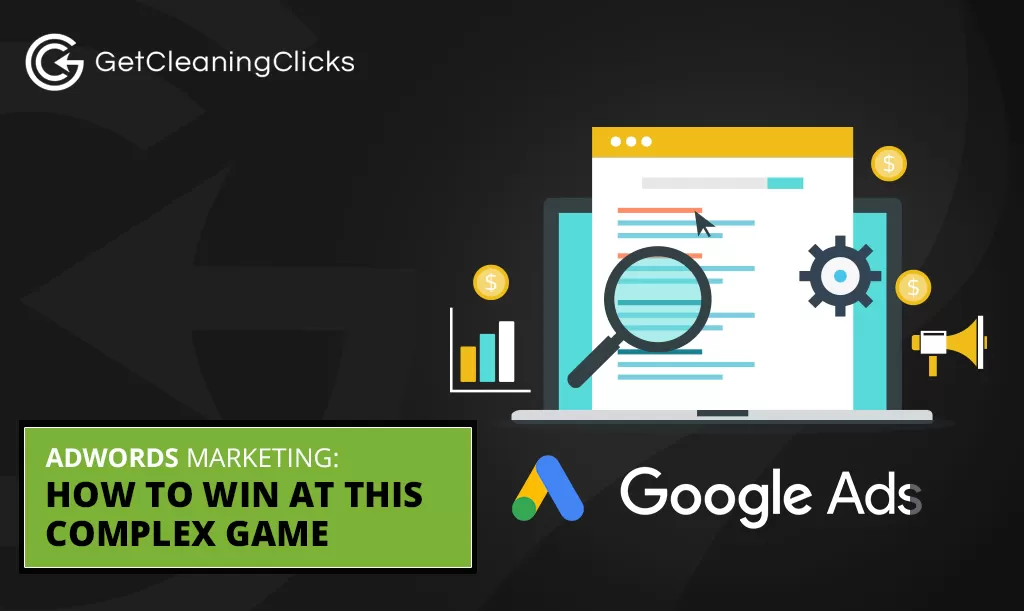Google Ads, commonly known by its former name Google AdWords, is one of the most effective ways to reach new customers and grow your business. A cursory web search will show you that, while most people are aware of this tool, many don’t know how to use it or what it entails.
In short, what Google Ads does is assist you in displaying ads to promote your products or services online. Considering how Google get hundreds of millions of searches per day, it makes the most sense to create ads that are on the simple side of things for an effective result.
That’s barely touching the surface of it all, however. If you really want to dominate this complex but rewarding tool and increase your online traffic, blow up your brand recognition, reach your AdWords campaign goals, and generate sales with reduced marketing costs, then you should follow these tips.
Know what you’re dealing with
Google Ads is the largest and most widely used ad network worldwide, so you know the results are nothing to scoff at (if you do things right, of course). Businesses can target users on the search and display networks. The first is a pay-per-click advertising method, AKA paid search, in which you’ll bid on keywords that are relevant to your business for a chance to have Google display your ad to users whose searches have those same keywords. The second, called the display network, lets you place a banner-style ad on websites who are also part of the network; this network reaches 90% of global internet users, which means that it has one of the biggest potential audiences of any advertising method online.
Note that, although both the search and display methods are managed by Google Ads, the term “AdWords” is reserved for the former, while the latter is referred to by its own name.
Use AdWords to complement organic traffic
You might have read that running an SEO campaign will increase your organic (that means free) search traffic by a wide margin, but relying solely upon it is a risky move. Setting it up takes anywhere between 6 to 12 months. On the other hand, a correctly set up AdWords campaign will yield results almost immediately and will give you more control over the consistency of your traffic because it’s a Pay Per Click method. We recommend a combination of both to get the best results.
Remember to bid for geotargeting
Seasoned advertisers know that, regardless of your market or industry, there are plenty of benefits by focusing your efforts on specific geographic locations. It doesn’t matter if your products and services are digital since you can review where the bulk of your engagement comes from and spend more in those areas. If your business doesn’t depend on your customers’ location, then you can still get ahead by optimizing your campaign based on the season, weather and other such parameters.
Let’s see a simple AdWords strategy example. Say that you sell snow boots, so it’s logical that you should keep your bids in areas where there are frequent snowfalls, otherwise your money will be wasted on each click.
Always optimize your campaigns for mobile
Most internet traffic nowadays comes from mobile devices, and that means that all your campaigns should be optimized for those users. That will give you the best shot at engaging mobile customers in their preferred device, and separate campaigns make it easier to attract more qualified clicks. Should a particular campaign be mobile-only? That depends on how big is the portion of conversions driven by mobile. If it’s big enough, just copy that campaign so that you have two identical ones, then negative bid on mobile for one and desktop on the other. Simple!
Track your data
If you’ve never used AdWords before, you won’t believe the amount of data that a single campaign generates, and how useful it is to hone your advertising craft. In this sense, using Analytics and other similar tools turns into a basic necessity, since they let you track with precision the effectiveness of each search phrase, their conversion rates, how profitable each of them are, and many more aspects. This is not only good for future PPC campaigns, but they help you feed your SEO strategy as well, which should be one of your goals down the line, anyway.
Again, even after reading these tips, you’ll barely touch the surface of everything that Google Ads represents; from the planning, implementation, and tracking. All of it is work, and it stacks up fast. If you need a hand with running it all and still have time to actually manage your business, you might like to know that there are professionals willing to help you right now.

